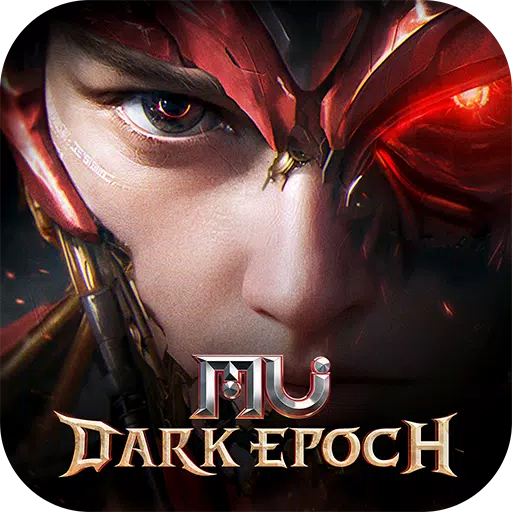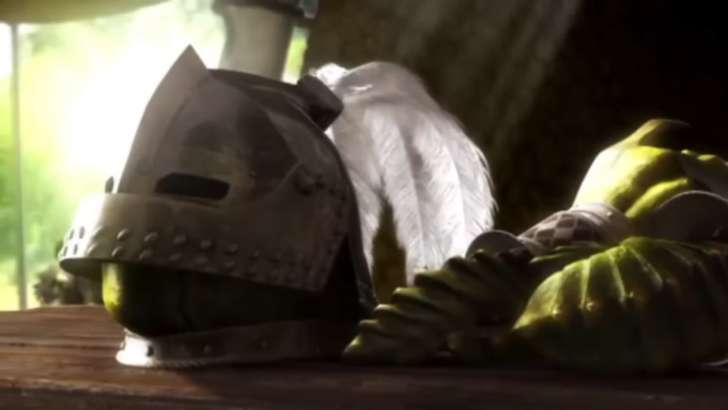
The Monster Hunter series is often seen as light on story, with its mission-driven gameplay taking center stage. But is its narrative truly that simple? Explore the themes and stories that give this franchise unexpected depth.
← Return to Monster Hunter Wilds' main article
The Evolution of Storytelling in Monster Hunter
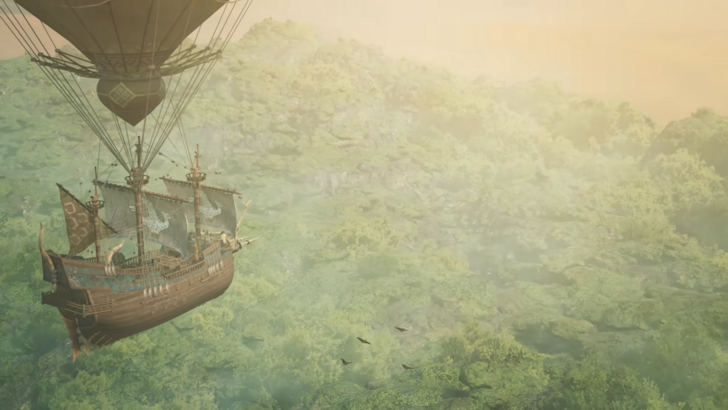
Monster Hunter isn’t typically celebrated for its narrative. Many fans, myself included, would argue the story takes a backseat to gameplay. Yet, a closer look reveals subtle storytelling woven into its mission-based structure. The game’s design often boils down to choosing or being assigned quests, but does that mean the narrative lacks substance?
Is Monster Hunter merely about slaying beasts for rewards, gear, or glory? Let’s dive into the mainline series’ narratives to uncover whether there’s more beneath the surface.
The Classic Hunter’s Journey

Most Monster Hunter games follow a familiar arc: you begin as a novice Hunter, taking on quests from a village elder or leader. Through skill and perseverance, you rise through the ranks, tackling increasingly formidable monsters until you defeat the game’s ultimate foe, like Fatalis in the original Monster Hunter.
As your rank climbs, you face tougher challenges, with the game’s core motivation centered on your growth as a Hunter. This progression-driven structure remains consistent, even as newer titles like World and Rise weave in richer narratives.
Guardians of the Ecosystem
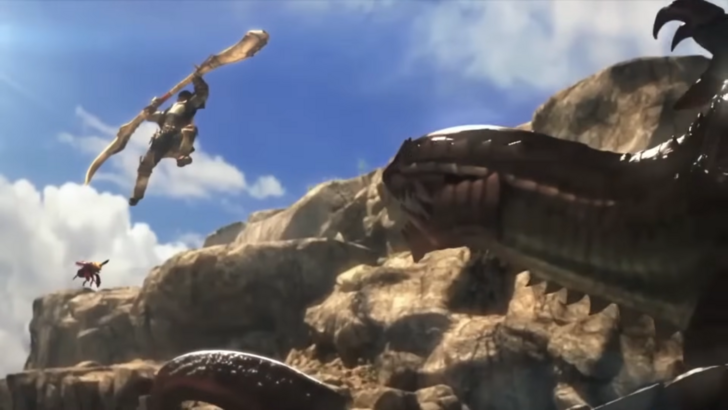
The series often casts Hunters as protectors of nature’s balance. In Monster Hunter 4, for example, the Gore Magala’s Frenzy Virus disrupts ecosystems, making monsters more aggressive. Originating from the creature’s dander-like scales, the virus paints the Gore Magala as a clear threat, one you must eliminate to restore harmony.
Monster Hunter: World and its Iceborne expansion take this theme further, exploring humanity’s role in nature. The base game’s ending positions you as the “Sapphire Star,” a guiding light tied to the in-game myth, The Tale of the Five, where humans learn from a celestial force to shape their world. This suggests the Research Commission sees itself as nature’s steward, with you as their leader.
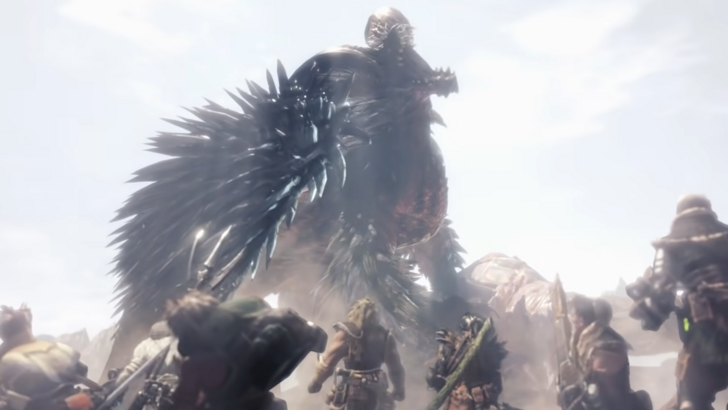
Yet Iceborne’s conclusion flips this narrative. Nergigante, a monster embodying nature’s balance, overshadows your victory by defeating Shara Ishvalda. This humbling moment underscores that nature often thrives without human intervention, challenging the Commission’s assumptions about their role.
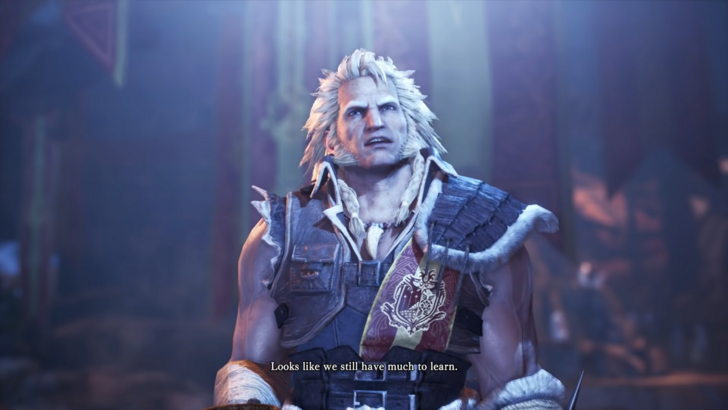
Thematically, this reflects real-world ecosystems, where life adapts to survive. Monster Hunter subtly conveys that nature endures, with or without humanity’s help, adding depth to a series often dismissed as just monster-slaying action. But what about the monsters’ perspective?
Monsters as Mirrors of Humanity
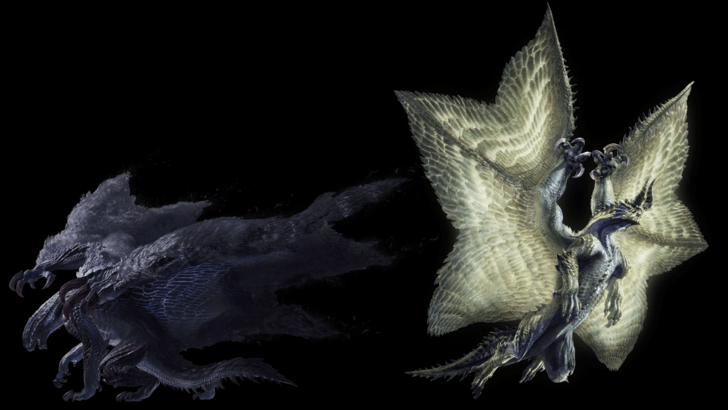
In Monster Hunter 4, defeating the Gore Magala only leads to a greater challenge: its evolved form, Shagaru Magala, an elder dragon. This mirrors the player’s own journey of upgrading gear and skills, suggesting monsters, too, adapt and learn from Hunters.

Take Ahtal-Ka from Monster Hunter Generations Ultimate, a standout final boss. Unlike towering dragons, this giant insect uses its golden silk to craft a massive mechanical fortress, Ahtal-Neset, and later wields a giant wheel as a weapon. It mimics Hunters’ ingenuity, using tools like Dragonators and battlefield scraps to outsmart its foes.
Ahtal-Ka’s creativity reflects the Hunter’s resourcefulness, blurring the line between predator and prey. This unique monster challenges expectations in a series filled with explosive dinosaurs and jet-powered dragons, hinting that nature adapts to humanity just as Hunters adapt to it.
Your Journey in the Wilds
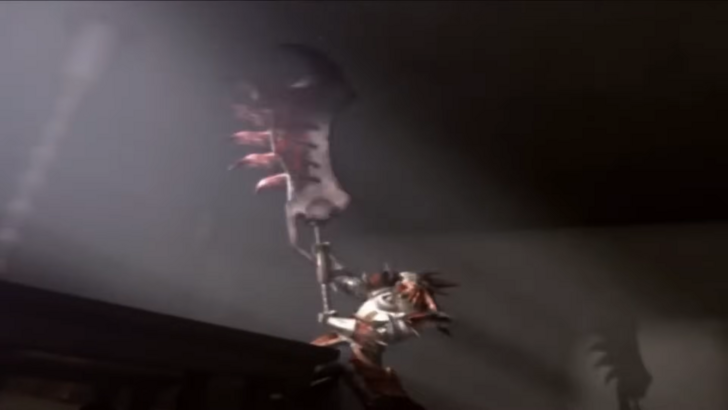
So, what is Monster Hunter truly about? Beyond the thrill of the hunt, it’s a personal journey of growth. Like the Souls series, its narrative shines through the player’s struggle and triumph over daunting challenges. Take the Tigrex introduction in Monster Hunter Freedom 2: a novice Hunter, outmatched and knocked off a cliff, is given a clear goal—to one day defeat this beast.
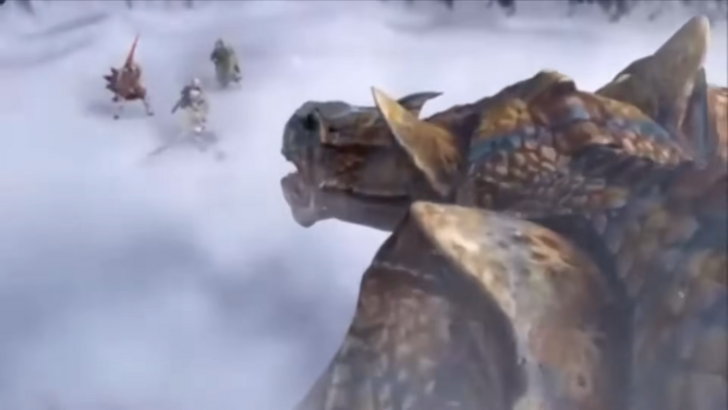
Later, tasked with delivering Popo Tongues in the Snowy Mountains, you find the area eerily empty. At the peak, you face the Tigrex again, now ready to take control. These moments, while not overtly narrative-driven, craft a personal story of overcoming adversity.

Newer titles like Monster Hunter Wilds lean into explicit storytelling, with trailers showcasing richer narratives to draw players in. While the series may not boast intricate plots, its ability to weave the player’s journey into a memorable narrative ensures it leaves a lasting impact.
 Home
Home  Navigation
Navigation






 Latest Articles
Latest Articles
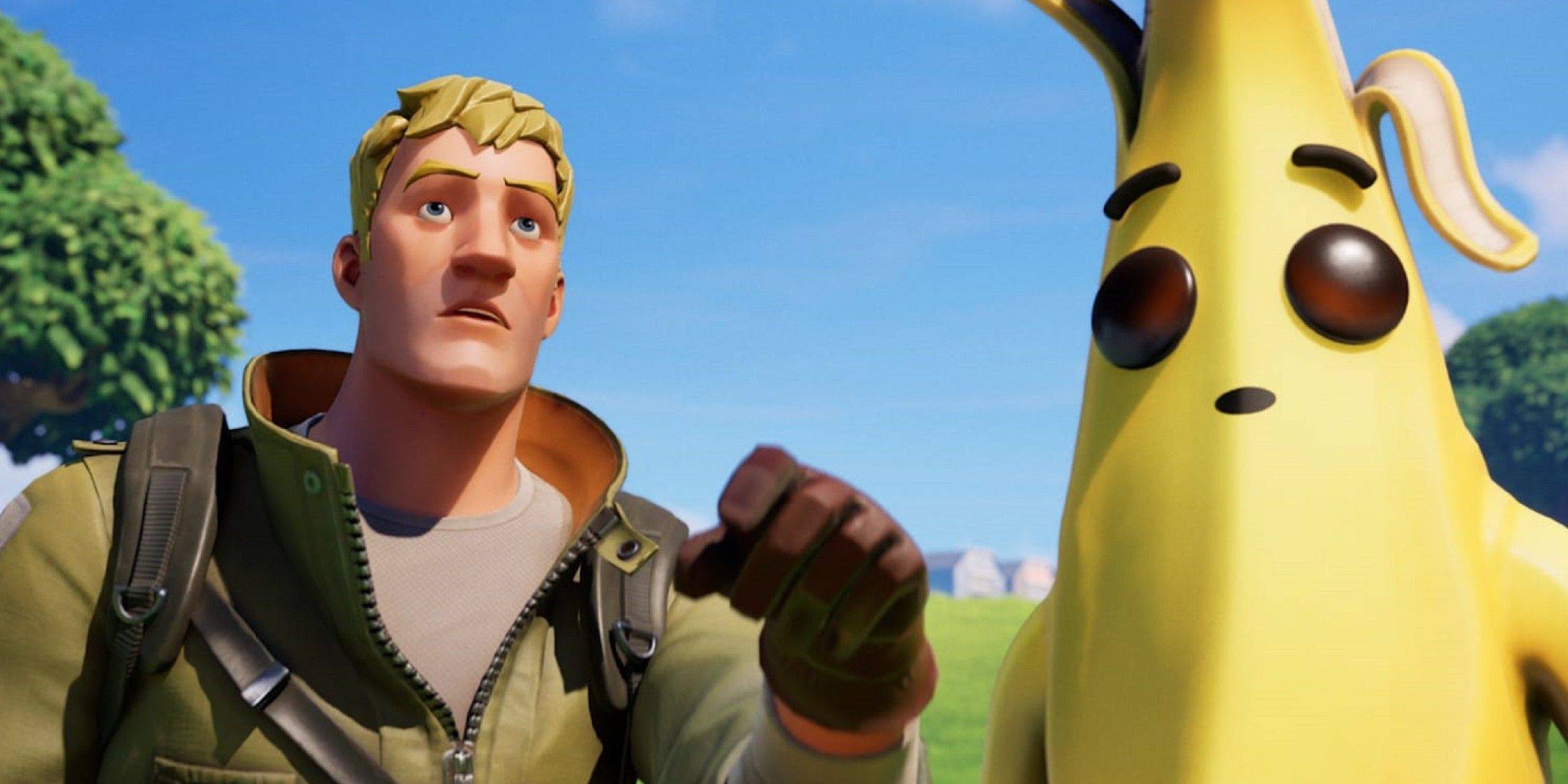









 Latest Games
Latest Games



